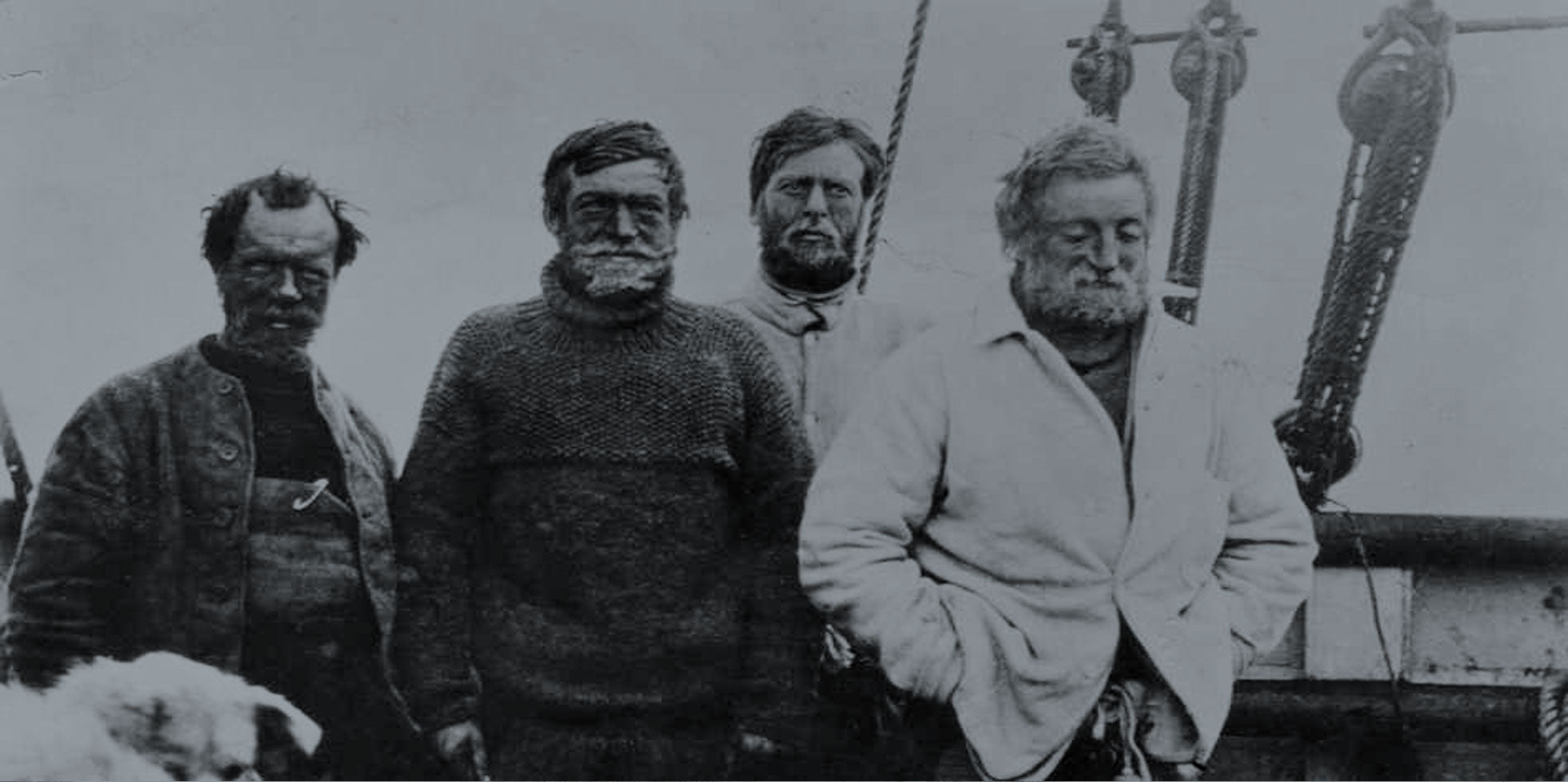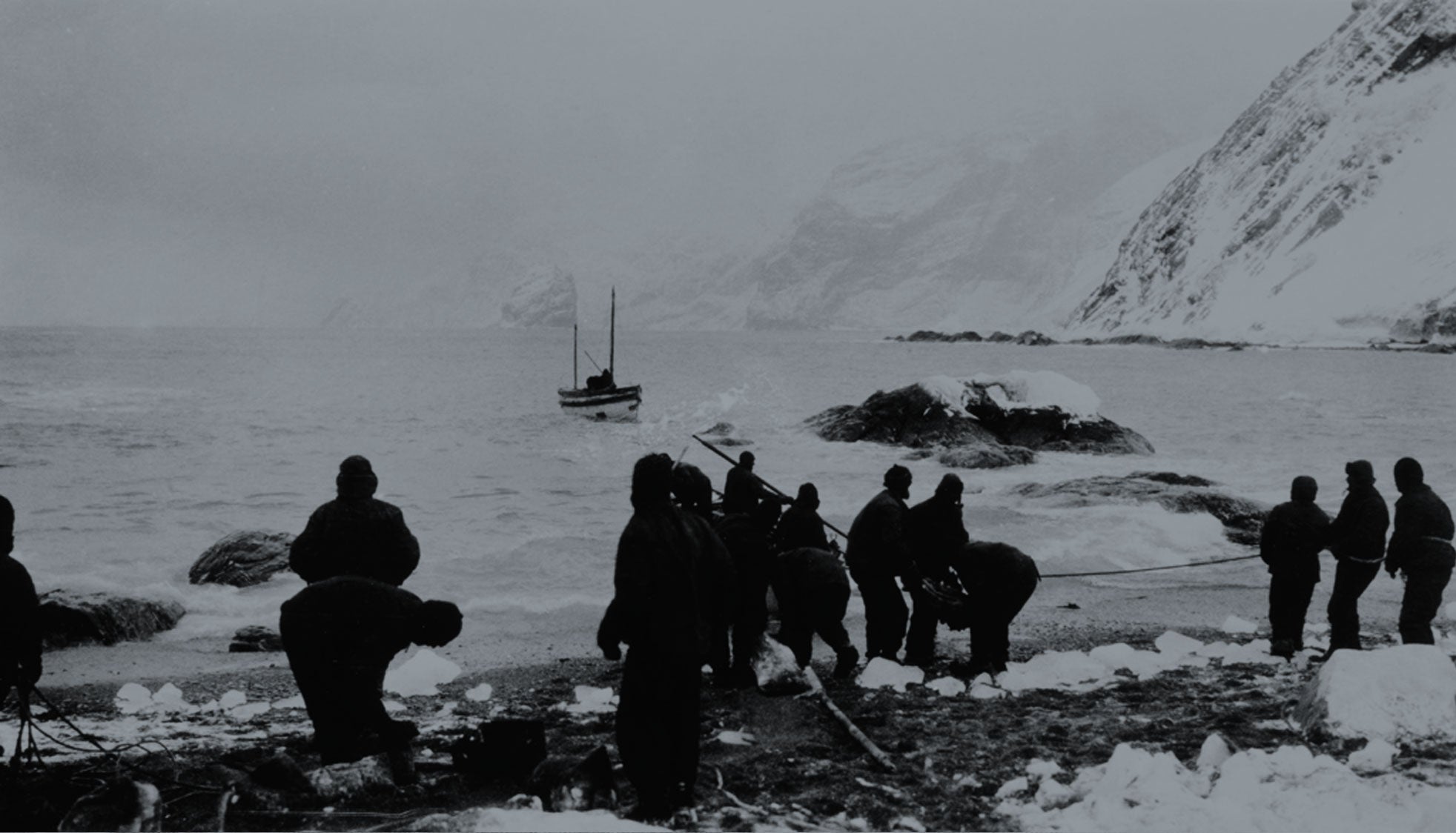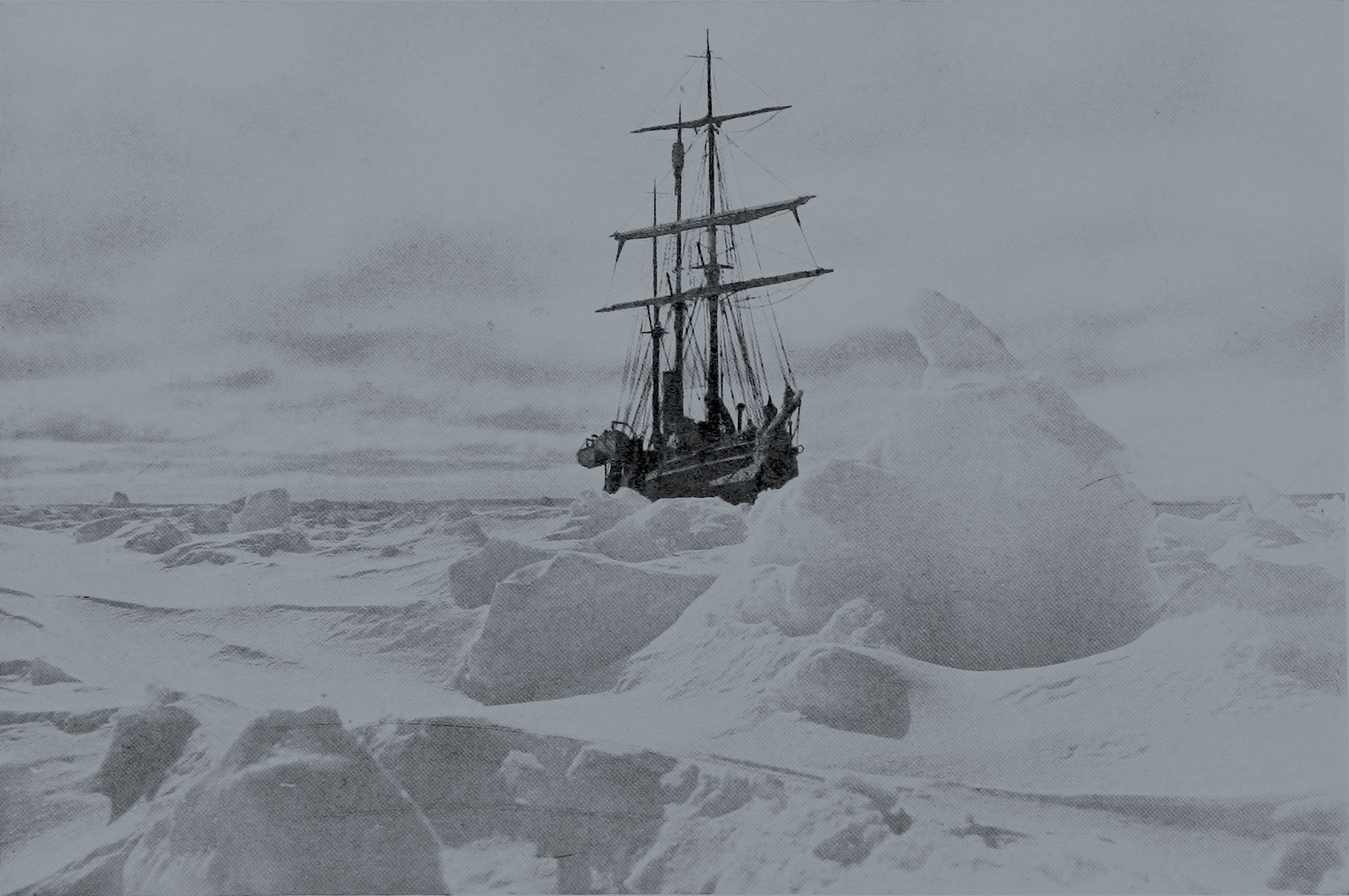
Shackleton’s Nimrod Expedition
Polar historian and author Michael Smith delves into the expedition that made Shackleton’s name. Carving a route towards the South Pole that would lay the trail for others to follow years later, only to turn back 97 miles short to prioritise his men’s lives over fame.
Ernest Shackleton’s finest achievement as an explorer was the ground-breaking 1907-09 Nimrod expedition. If the later 'Endurance' expedition was a monumental model of leadership and survival in the most demanding circumstances, Nimrod was a tour de force of pure exploration and the first time Shackleton touched greatness on the ice.
On Nimrod – officially the British Antarctic Expedition – Shackleton marched to within 97 miles of the South Pole despite appalling hardship, and for the first time displayed the remarkable skills which proved so vital on Endurance.
The expedition, which was under-funded and cobbled together in a hurry, famously discovered the unknown route to the Pole and paved the way for Roald Amundsen and Robert Scott. It also discovered the location of the South Magnetic Pole, assembled a pioneering scientific programme and among the other Antarctic ‘firsts’ were the first motor car and first printing press. Not a single life was lost.
Shackleton returned from Scott’s Discovery expedition in 1903 determined to launch his own attempt to stand at the South Pole. He got his wish in mid-1907 with Nimrod. Despite severe problems, Nimrod landed at Cape Royds, Ross Island, in early 1908 to start preparations for the assault on the Pole the following spring.
After sitting out the winter, the 34-year-old Shackleton began the march on October 29, accompanied by Frank Wild, Jameson Boyd Adams and Eric Marshall and four badly-suited and struggling Manchurian ponies dragging sledges.
The plan was a trek of nearly 1,720 miles in 91 days, a daunting target of nearly 19 miles a day over hundreds of miles of mostly unknown terrain. By the second week the four were travelling at less than seven miles a day and Shackleton calculated that by eating less at each meal he might extend their journey to 110 days. (Confusingly, Shackleton measured distances in both geographic and statue miles on the journey.)
Shackleton’s most notable discovery was the mighty Beardmore Glacier, which runs through the towering chain of Transantarctic Mountains blocking the path south. Among the world’s largest, the glacier is 125 miles long and 25 miles wide, rising to over 10,000ft onto the Polar Plateau. It was the gateway to the South Pole and later followed step-by-step by Captain Scott.
With the ponies now dead and hunger gnawing at the men, the group hauled their sledges up the glacier for weeks, collapsing exhausted and starving at the end of each arduous day. Camped at 9,500ft on the Polar Plateau, they celebrated Christmas with a spoonful of crème de menthe and a cigar. The thermometer showed 48ºC of frost.
The party was probably eating less than half the 6,000 calories needed for the back-breaking slog but with the Pole still hundreds of miles away, Shackleton once more cut the rations. Camped in the thin air at almost two miles above sea level, the men were in a shocking state. Apart from ravenous hunger and exhaustion, they suffered dizziness, nosebleeds or piercing headaches and three of the four were so cold their temperatures did not register on a thermometer.
The march continued into the face of a driving wind which sliced through their meagre clothing and magnified the discomfort. Outwardly Shackleton was positive but others were concerned that, in his determination to lead from the front, he was pushing himself too hard. No one knew where he found the resolve and endurance.
By early January 1909, however, Shackleton realised the dream was fading and Pole was slipping from his grasp. A gruelling 10-hour shift in the sledging harness often brought them only a few miles nearer to their goal. Almost paralysed by the cold after a day’s march, one of the team said, “flesh and blood would stand no more”.
While it was possible to dump all but essential supplies, the reality was Shackleton had enough food to get to the Pole – but not enough to get back to Nimrod.
The crucial decision of when to turn back showed Shackleton’s ability to make life-or-death decisions, even while under enormous stress. Extreme cold, thin air, exhaustion and hunger frequently blurs the reasoning but Shackleton’s clear thinking and fine judgement was the difference between living and dying.
The final act came on January 9, 1909, when the quartet left most supplies behind and rushed forward, half running, half-walking, to reach the furthest south any human had ever stood. Pausing only briefly to be photographed flying the Union flag, Shackleton wrote: “We have done our best.” The precise spot was 88º 23’ S, some 97 geographic miles from the South Pole.
Shackleton’s brave decision to turn back with the Pole perhaps 10-14 days across the horizon was an astonishing act of courage. It showed that, above all, Shackleton placed the welfare of his men above personal glory. One of his colleagues on the Polar Plateau that day calculated that delaying the return by just one hour would have resulted in the deaths of all four.
The return trek, another harrowing march on half-rations, was a race for life and came perilously close to disaster on several occasions as ravenous hunger and extreme fatigue gripped them. Although Shackleton came near to breaking down, he never lost control and even showed incredible kindness to his struggling comrades.
At one stage his deputy, Wild, suffered a severe bout of dysentery and the only food he could keep down were dry biscuits. Although supplies had run out, Shackleton had kept one in his pocket for breakfast and generously gave his last remaining biscuit to the gaunt Wild. When he protested, Shackleton threatened to throw the biscuit away if Wild did not eat it. Wild survived.
The journey finally came to end in early March 1909 after a round trip of 1,755 miles. Shackleton had somehow eked out 91 days’ rations to 120 days. One of the men had lost two stone in weight.
Shackleton was feted across the world and became an instant celebrity on his triumphant return. He was knighted by the King at Buckingham Palace, the government paid off a large slice of the expedition’s hefty debts and packed houses throughout the UK, Europe and America flocked to hear from the charismatic explorer who came so near to standing at the South Pole.
When asked to name the qualities for being a successful Polar explorer, Shackleton once declared: “First, optimism; second, patience; third, physical endurance; fourth, idealism; fifth, and last, courage.”
These qualities were fully demonstrated on the Nimrod expedition where only a modest few extra pounds of food stood between Shackleton and the ultimate prize.
Roald Amundsen, the outstanding Polar explorer of the age, said Shackleton’s exploits on Nimrod were “the most brilliant incident in the history of Antarctic exploration.” Shackleton’s name, said Amundsen, would “always be written in the annals of Antarctic exploration in letters of fire.”
The other question, of course, was Shackleton’s personal feelings about turning back only 97 miles from the Pole. When his wife, Emily asked, Shackleton casually remarked: “I thought you’d rather have a live donkey than a dead lion.”
Some donkey.
Read The Heritage Page


